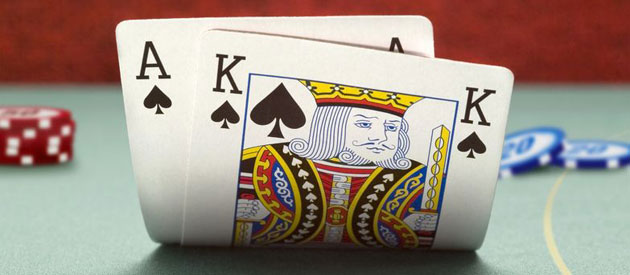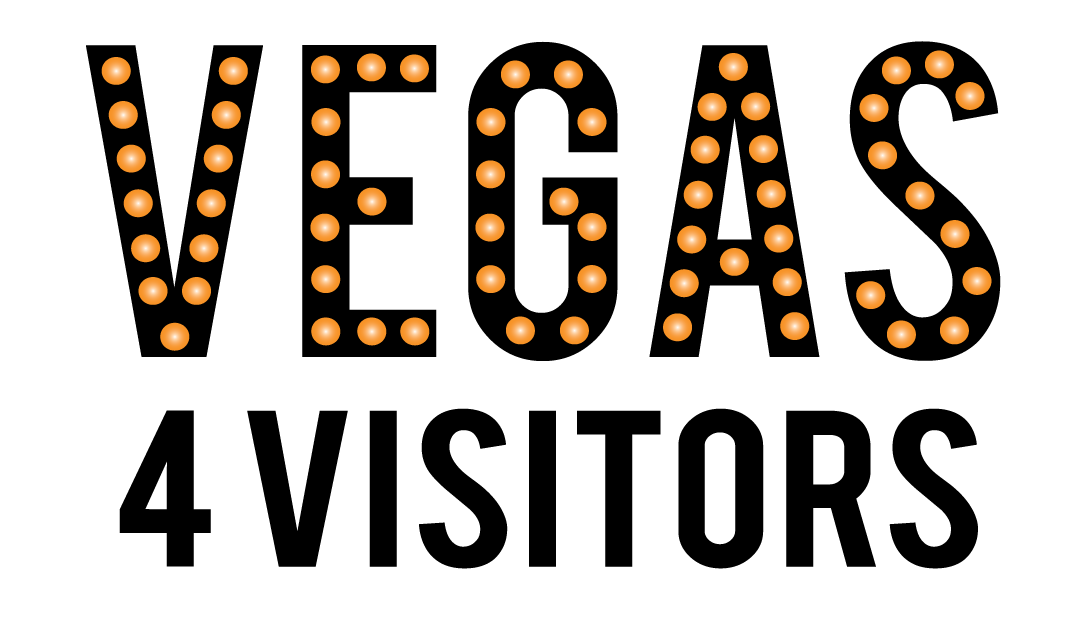Blackjack Tutorial

The object of blackjack, put simply, is to get a higher point total on the cards you are dealt than the dealer’s cards, without going over 21. Number cards (2-10) are worth a like number of points, face cards (jack, queen, king) are worth 10 points, and the ace is worth either one or eleven points, your choice.
Before you sit down at a table, be sure to check the table limit. $1 and even 50 cent games used to be common but those are almost non-existent these days, especially in the large casinos on The Strip. $5 per hand games are even pretty rare so expect the lowest to be $10 or $15 per hand tables. From there they can go upwards of $1,000 per hand or more.
You can get gaming chips by placing money on the table in between hands – the dealer will change it into chips for you. Place your bet, at least the minimum or more if you are feeling daring, and away you go.
Although there are still a few blackjack tables that use a single or double deck of cards, most blackjack games these days use six or seven decks of cards delivered from a device called a “shoe”. There are two major differences between the two. The first (and significantly less important) is that in single- or double-deck games you receive your cards face down and you hold them like you would any other card game (but only use one hand!) whereas in multiple deck games your cards are dealt face-up and you are not allowed to touch them.
The other major difference has to do with the payouts for getting a blackjack but I’ll cover that a little further on.
You are dealt two cards to start and have an opportunity to draw as many more as you want. Don’t worry about other people sitting at the table – you are only playing against the dealer. The trick is that you only get to see one of the dealer’s cards while the other is hidden from you so you won’t know what his or her total is (hence the whole gambling concept).
To indicate that you want more cards, make a simple brush on the table top toward you with your hand as if to say “I want more”. If you don’t want additional cards, wave your hand over the top of your cards as if to say “no more”. If you’re playing single deck, use your cards to brush the table to indicate you want more or slide them under your chips to indicate that you are done.
If you wind up with a higher point total than the dealer you double your money (a $5 bet gets you an additional $5). If you have a lower point total than the dealer, you lose your bet. If you tie the dealer it’s called a “push” and while you don’t win anything, you don’t lose your money either.
If you are lucky enough to get 21 on your first two cards (a face card or a ten and an ace) you have “blackjack” and you are paid a bonus on your bet. Most tables these days pay 6:5 (a $5 bet gets you $6) but there are still a few 3:2 out there (a $5.00 bet gets you an additional $7.50). The odds are printed clearly on the table so you’ll know what you are getting into when you start.
Now, this is all provided the dealer doesn’t have or get 21 as well. Drawing to 21 (two cards plus any additional) wins the standard double your bet.
There are three major options that you have when playing. One is called “doubling down” whereby you are allowed to double your bet before you are dealt any additional cards (a $5.00 bet becomes $10.00). The only caveat is that you are only allowed one more card. This is best used if you have a total of 10 or 11 with your first two cards since the odds are better that you’ll get a 10 or face card bringing your total to 20 or 21.
The payoffs are the same – double whatever your total bet (a $10.00 bet gets you an additional $10.00). Different casinos have different rules on when you are allowed to double down but the information is usually printed on the felt of the gaming table.
To double down, place the same amount of your original bet ($5.00 requires and additional $5) directly next to your original bet as the dealer comes to you. This is the signal that you want to double down and the dealer will deal one additional card either face up or down depending upon if you are playing a multi- or single-deck game.
The second major option is called splitting. This is allowed when the first two cards dealt to you are the same (two fives, two queens, etc.). If you put out additional money equal to your initial bet (a $5.00 bet requires an additional $5.00) your two identical cards will be split into two separate hands and you are allowed to draw as many additional cards on each as you would like. You might win on both (get double your money on both bets), win on one and lose on one, or lose on both.
To split, place your additional bet adjacent to your original bet. If you are holding your cards you’ll need to put them face up on the table so the dealer can see what you’re trying to accomplish. The dealer will then give you as many additional cards on each of your hands using the same methods as described above for hitting and holding.
The last major option is called insurance. This comes into play when the dealer is showing an Ace and may therefore have blackjack. The dealer will ask if anyone wants insurance and to accept you must place an additional bet of half your original on the table (an original $10 bet requires you to place and original $5 bet). If the dealer has blackjack you lose your original bet but win double your money on your insurance bet (for instance you would lose $10 on the original bet but win $10 on the insurance bet).
However, if the dealer does not have blackjack, you lose your insurance bet and may then still lose your original bet as well.
Most people consider insurance to be a “sucker bet” since the odds of a dealer having something other than a blackjack are much higher.
These days there are many variations on the standard blackjack game. For instance, some casinos allow you to place side bets that pay you higher odds if you get certain cards – for instance a blackjack with two diamonds. Other blackjack tables will pay you additional money if you draw five cards without busting. These special tables usually have pamphlets or instruction cards available to explain the variables.
Unlike slots or video poker, there is a measure of skill involved in playing blackjack. Here are some basic hints that may improve your game.
Most casinos require their dealers to draw a card if they have less than 17 and stop drawing once they reach 17. This will be important to remember in the next couple of “hints.”
As a general rule, always draw an additional card or more if your initial two cards total 11 or less. There’s no way you’re going to go over 21 so go for it.
You usually don’t want to draw an additional card if your initial hand totals 17 or more. Since the dealer is playing to 17 you stand a better of chance of winning with your original hand than you do getting a small enough card to keep from busting.
If your point total on the first two cards is between 12 and 16, it depends on what the dealer is showing as to whether or not you want to draw. The most common strategy is to assume that the dealer has a ten or face card hidden so if they are showing an eight, consider it eighteen and draw accordingly. If they are showing a three, consider it thirteen and remember that they will have to draw an additional card since the casino requires them to draw on anything less than 17 and will hopefully bust. This is a tricky concept and it really requires you to sit and watch or play a few hands before you can fully grasp it.
Don’t keep playing with a dealer that is beating you all the time. Try a different table. It won’t change your odds of winning but it may improve your attitude
Many dealers will help you with counting your cards and will even encourage a smart move or discourage a dumb one. Watch for a few minutes before sitting down at a table and find a dealer that helps the players if you feel like you need it.
You should also watch the table for a few minutes to gauge the “fun-level” of your fellow players. As a beginner, I recommend that you find a lively table with people who are laughing and jovial – you’ll have a better time and will probably find others to help you in those sticky situations where you’re unsure what to do. Don’t go for a table full of stone-faced hard-core gamblers unless you think you’d enjoy the peace and quiet to be able to concentrate.
